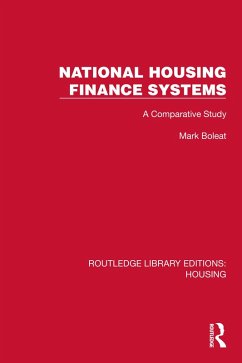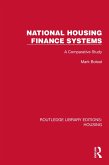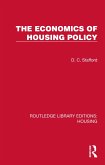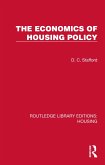The book opens with two theoretical chapters covering housing finance in developed and developing economies. The framework developed in these chapters is subsequently used to analyse the systems of various countries.
Most of the remaining 28 chapters describe housing finance in specific countries. Each country study begins with a description of the housing market, and then analyses the housing finance market, and housing finance institutions. The book concentrates on industrialized countries although some chapters cover developing countries, including Brazil, Colombia, South Korea, the Philippines, and India. In addition to the detailed country studies, housing finance systems in other countries are described very briefly in a number of general chapters.
One chapter is concerned specifically with the attempts to integrate housing finance systems in the European Community, and two chapters describe the work of international bodies in the housing finance field. The book concludes with two chapters, one of which compares housing conditions and housing finance systems, and the second considers the study of housing finance.
A feature of this work is its use of up-to-date statistics and information. For most of the industrialized countries statistics are as at the end of 1983, and where this has not proved possible 1982 figures are used. It has not always been possible to use as up-to-date information for developing countries.
Dieser Download kann aus rechtlichen Gründen nur mit Rechnungsadresse in A, B, BG, CY, CZ, D, DK, EW, E, FIN, F, GR, HR, H, IRL, I, LT, L, LR, M, NL, PL, P, R, S, SLO, SK ausgeliefert werden.









